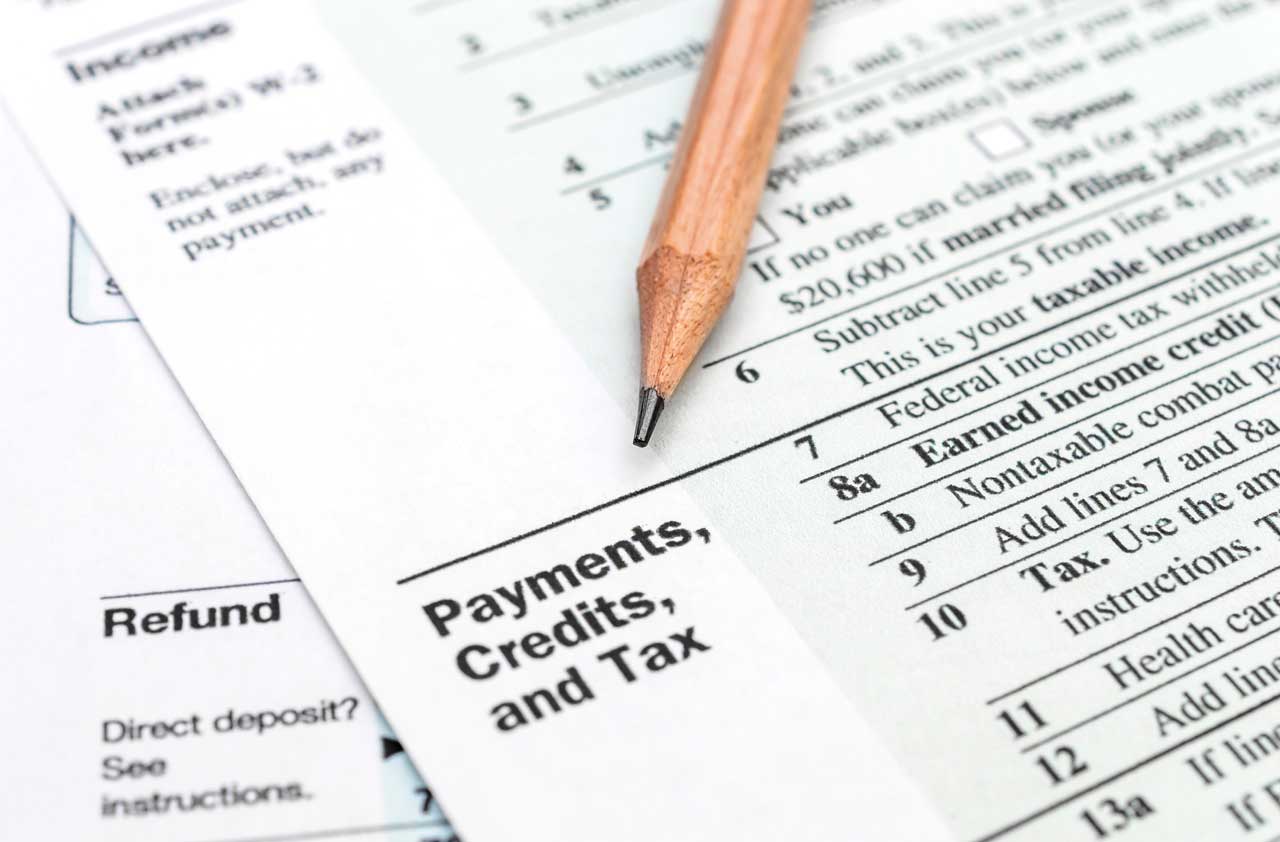
To help you understand what is going on in the economy our highly experienced Kiplinger Letter team will keep you abreast of the latest developments and forecasts (Get a free issue of The Kiplinger Letter or subscribe). You'll get all the latest news first by subscribing, but we will publish many (but not all) of the forecasts a few days afterward online. Here's the latest...
Big tax changes are likely coming in 2026. The culprit is the 2017 tax reform law. Most individual tax provisions were temporary. They expire after 2025. Unless extended by Congress, the provisions will revert automatically on January 1, 2026, to the rules in effect for 2017. We will look at key expiring provisions.
- Tax brackets: The individual income tax rates of 10%, 12%, 22%, 24%, 32%, 35% and 37% will return to 10%, 15%, 25%, 28%, 33%, 35% and 39.6%, with different income-level break points than now.
- Bigger standard deductions: The 2017 law more than doubled these breaks.
- Higher child tax credits: Before 2018, it was $1,000. Now, it’s $2,000. Plus the $500 credit for each dependent who is not a qualifying child.
- Alternative minimum tax: The higher exemption amounts and phaseout zones after 2017 have resulted in far fewer individual taxpayers having to pay the AMT.
- The 20% qualified business income deduction for self-employed people and people who own interests in S corps, partnerships, LLCs and other pass-through entities.
- The adjusted-gross-income (AGI) limitation on cash donations to qualified charities was increased from 50% to 60% under the 2017 tax legislation, helping big donors.
- The larger lifetime estate and gift tax exemption. People who die this year have a $13,610,000 exemption. Compare this with $5,490,000 for 2017 deaths.
- The cutback on high itemizations for upper-income taxpayers would return.
Restrictions on popular deductions also end after 2025. Among them:
- Personal exemptions: In 2017, filers could take a deduction of $4,050 for themselves and each of their dependents. For example, a family of three claimed a $12,150 personal exemption deduction. The 2017 law eliminated this.
- The $10,000 cap on deducting state and local taxes on Schedule A of the 1040: This would be welcome relief for folks paying high property tax and/or state income tax.
- The curbs on deducting home mortgage interest: Under the 2017 law, interest can be deducted on up to $750,000 of home acquisition debt down from $1 million.
- Miscellaneous deductions on Schedule A, subject to the 2%-of-AGI threshold. The 2017 law eliminated this category of itemized deductions through 2025. This includes unreimbursed employee expenses (travel, meals, education, etc.), brokerage and IRA fees, hobby expenses, and tax return preparation fees.
- Theft and casualty losses: Under current law, only casualty losses arising in a federally declared disaster area can be deducted on Schedule A.
- Job-related moving expenses: Now, only members of the military get the break.
2025 is also the last year for two tax breaks not in the 2017 law: The expansion of the Obamacare health premium credit to more individuals who buy insurance through a marketplace. And, most student loan debt forgiven from 2021 through 2025 is exempt from federal income tax, which is an exception to the general rule that income from the cancellation of indebtedness is taxable.
This forecast first appeared in The Kiplinger Letter, which has been running a collection of concise weekly forecasts on business and economic trends, as well as what to expect from Washington, to help you understand what's coming up to make the most of your investments and your money. Subscribe to The Kiplinger Letter.







